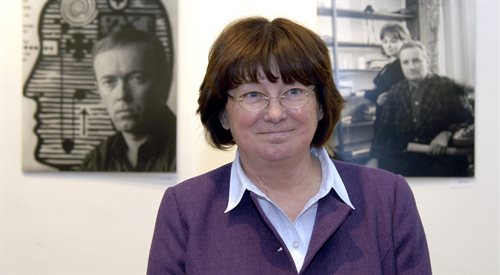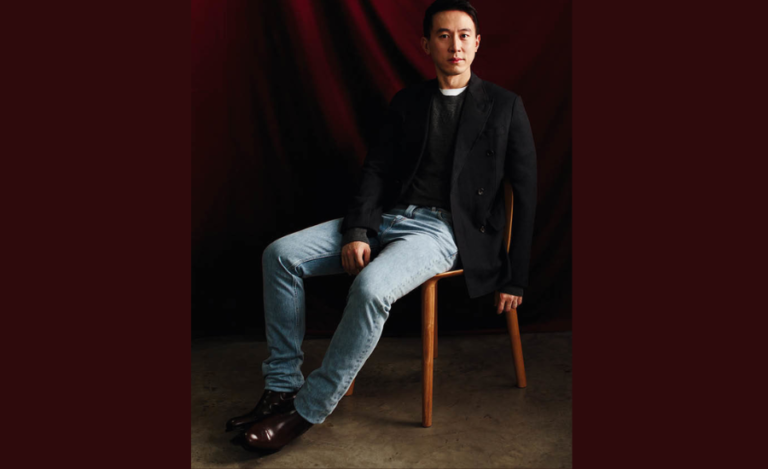Zofia Nasierowska: Capturing the Soul of Polish Photography
Early Life
Zofia Nasierowska was born on April 24, 1938, in Łomianki, Poland. From a young age, she was fascinated by the arts, particularly photography. Her father, Eugeniusz Nasierowski, was a noted photographer himself, which significantly influenced her career choice. Growing up in a creative environment, Zofia developed a keen eye for detail and a deep appreciation for the beauty of the world around her.
Education
Zofia honed her skills at the Łódź Film School, where she studied under the guidance of some of Poland’s most renowned photographers and filmmakers. Her education provided her with a solid foundation in both the technical and artistic aspects of photography. This formal training, combined with her innate talent, set the stage for her future success.
Style
Nasierowska’s style is often described as elegant and timeless. She primarily worked in black and white, a choice that allowed her to focus on the interplay of light and shadow, and to capture the essence of her subjects. Her portraits are known for their simplicity and emotional depth, revealing not just the outward appearance but the inner life of the person being photographed.
Celebrity Portraits
Zofia Nasierowska is perhaps best known for her portraits of Polish celebrities. Throughout her career, she photographed numerous actors, musicians, and other public figures. Her ability to capture the personality and emotions of her subjects made her work stand out. She didn’t just take pictures; she told stories through her images, creating a lasting impression on anyone who viewed them.
Timelessness
One of the most remarkable aspects of Nasierowska’s work is its timeless quality. Even decades after they were taken, her photographs continue to resonate with viewers. They transcend the era in which they were created, offering a glimpse into the soul of each subject. This timelessness is a testament to her skill and vision as a photographer.
Influence
Nasierowska’s influence on Polish photography cannot be overstated. She was a pioneer, pushing the boundaries of portrait photography and setting new standards for quality and artistic expression. Many contemporary photographers cite her as an inspiration, and her work continues to be studied and admired by new generations of artists.
Techniques
Zofia employed a range of techniques to achieve her stunning results. She was meticulous in her approach, paying close attention to composition, lighting, and posing. Her use of natural light was particularly noteworthy, as it added a softness and realism to her portraits that studio lighting often could not achieve. She also had a knack for making her subjects feel at ease, which is evident in the relaxed and natural expressions captured in her photographs.
Awards
Throughout her career, Nasierowska received numerous awards and accolades for her work. These honors recognized not only her technical skill but also her ability to connect with her subjects on a deeper level. Her portraits were more than just photographs; they were works of art that conveyed the humanity and vulnerability of the people she photographed.
Legacy
Zofia Nasierowska left behind a rich legacy of work that continues to inspire and influence photographers today. Her portraits are part of many prestigious collections, and her contributions to the art of photography have been widely recognized. She paved the way for future generations of photographers, showing that it is possible to combine technical proficiency with artistic expression.
Personal Touch
What set Nasierowska apart from many of her contemporaries was her personal touch. She took the time to get to know her subjects, often spending hours talking with them before taking a single photograph. This approach allowed her to capture not just a likeness but a piece of the subject’s soul. Her portraits are intimate and revealing, offering a glimpse into the inner world of the person being photographed.
Impact
Nasierowska’s impact on Polish culture and photography is profound. She captured a significant period in the country’s history, documenting the faces of those who shaped Polish art, music, and cinema. Her work serves as a historical record, preserving the legacy of these cultural icons for future generations.
Conclusion
In conclusion, Zofia Nasierowska’s contribution to Polish photography is immense. Her elegant black and white portraits not only captured the likenesses of celebrities but also conveyed their personalities and emotions. She left a legacy of timeless images that continue to inspire photographers today. Her work remains a testament to the power of photography to reveal the depth and complexity of the human experience.


